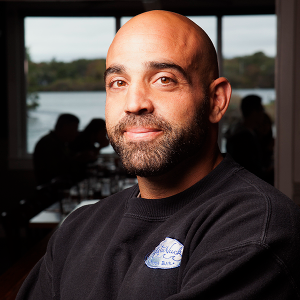Finfish Farming
Finfish Farming, also known as aquaculture, represents a dynamic and evolving sector crucial to meeting the growing global demand for seafood while alleviating pressure on wild fish populations. Encompassing a diverse array of species such as salmon, tilapia, trout, and catfish, finfish farming has become a cornerstone of the world's aquaculture industry. Operating across freshwater, marine, and brackish water environments, this practice involves the controlled cultivation of finfish from hatchery to harvest. Beginning with carefully managed broodstock, the process includes controlled reproduction, hatching, and the rearing of fry in specialized facilities. These juvenile fish then undergo a structured feeding regimen within tanks, ponds, or sea cages, where environmental conditions are optimized to mimic their natural habitats. Cutting-edge technologies, including recirculating aquaculture systems (RAS) and automated feeding systems, enhance efficiency and sustainability. Disease management and biosecurity protocols are critical to ensuring the health and welfare of the finfish, with constant monitoring and preventive measures in place. The industry, driven by innovation, has embraced selective breeding techniques to enhance desirable traits such as growth rate, disease resistance, and fillet quality. Sustainable practices, such as responsible sourcing of feed ingredients and minimizing environmental impact, are paramount for the long-term viability of finfish farming. The sector's significance is underscored by its contribution to food security, economic development in coastal regions, and the reduction of overfishing pressures on natural ecosystems. Regulatory frameworks, both national and international, play a crucial role in promoting responsible aquaculture practices. Challenges, including the efficient utilization of resources, minimizing environmental impact, and addressing concerns about fish welfare, continue to drive research and development in the field. As finfish farming evolves, it stands at the forefront of efforts to balance the increasing demand for seafood with environmental sustainability and food security goals, making a substantial contribution to the multifaceted landscape of global aquaculture.

Perry Raso
Matunuck Oyster Farm, United States
J L Giovanna Hesley
Education Emerita, CropKing Inc., United States
Virendra Kumar Goswami
Indian Institute of Technology, India
Amit Das
Memorial University of Newfoundland, Canada
Mandeep Kaur
Panjab University, India
Pavarot Noranarttragoon
Department of Fisheries, Thailand



Title : Application of Artificial Intelligence and NISAR satellite to study the air sea CO2 exchange and aquatic toxicology to develop ‘Aquatic Pollution Remediation Technologies’(PART)
Virendra Kumar Goswami, Indian Institute of Technology, India
Title : Conditionally pathogenic microparasites (Microsporidia and Myxosporea) of mullet fish potential objects of mariculture in the Black and Azov Seas
Violetta M Yurakhno, A. O. Kovalevsky Institute of Biology of the Southern Seas of Russian Academy of Sciences, Russian Federation
Title : New approaches to assessing and managing the multispecies fishery in the Gulf of Thailand
Pavarot Noranarttragoon, Department of Fisheries, Thailand
Title : Integrating art, science and rural development: The multifaced role of aquarium keeping
T V Anna Mercy, Kerala University of Fisheries and Ocean Studies, India
Title : Seaweed aquaculture policy gap analyses in Indonesia, Kenya, and Tanzania
Megan Considine, The Nature Conservancy, Puerto Rico
Title : Utilizing art to enhance learning STEM subjects required for aquaculture
J L Giovanna Hesley, Education Emerita, CropKing Inc., United States